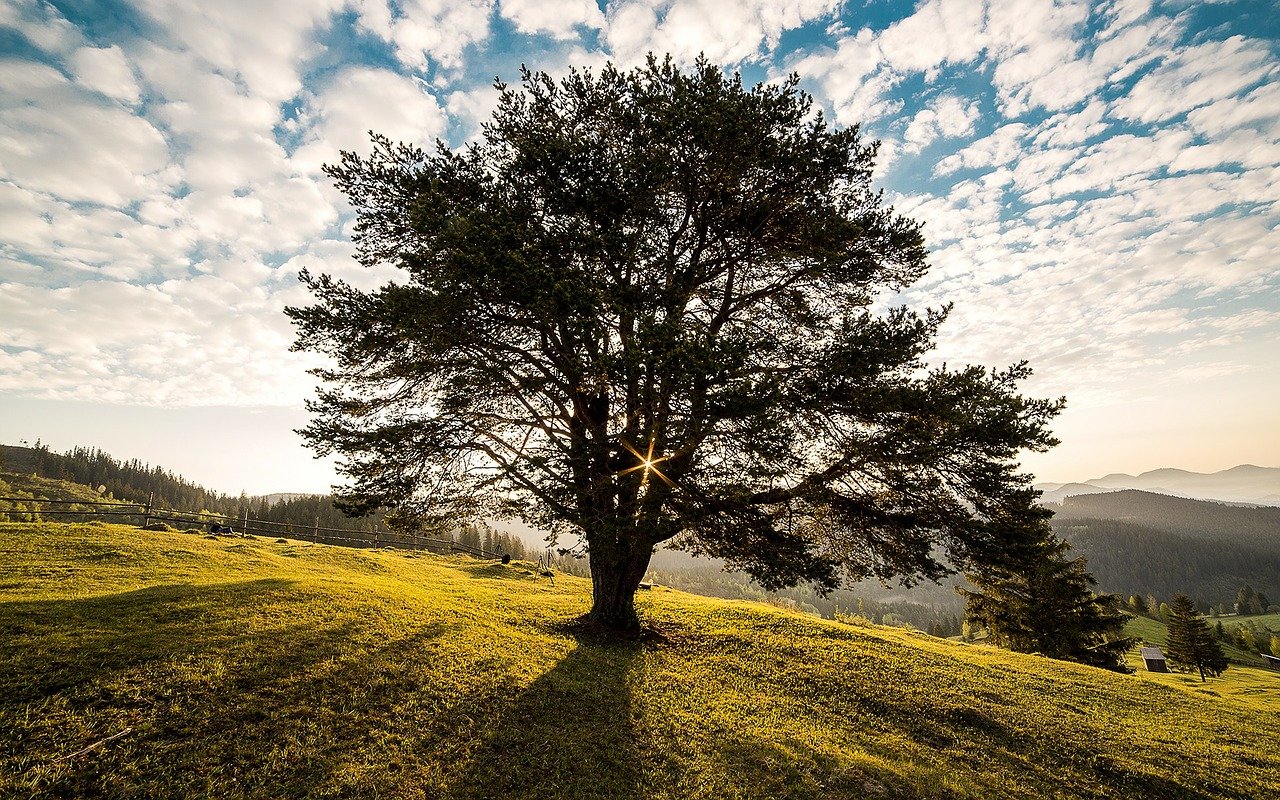Florida Forest Service does not recommend the topping of trees. The summer storm season is upon us, many homeowners are worried about the condition of their trees. People have heard that “topping” is a good way to storm proof your trees. Nothing could be further from the truth!
Topping is the indiscriminate cutting of branches to stubs sometimes referred to as ‘hat racking’. Trees that have been topped can survive storms. That is because they have NO crown left. You should never remove more than 1/3 of a tree’s crown. Topping removes so much of a tree’s crown, its ability to provide food becomes limited. The stubs that are left often rot at the ends. These stubs develop new shoots that rapidly grow on the decaying stub. The rapid new growth from sprouts defeats the whole reason the tree was topped in the first place. The reduced crown starves the tree, allows the heat of the sun to scald it, let’s fungi and insects enter, makes the tree weak, and looks terrible.
Besides being unsightly or just plain ugly, topping harms the health of a tree more than any other misinformed practice. Any tree expert that recommends this quick harmful practice should be avoided. Topping should never be an option.
Proper pruning techniques such as crown reduction are well thought out practices. Pruning should improve the health of the tree not make it worse. Skill and good judgment are needed to properly prune your tree. The International Society of Arboriculture lists certified arborists in your area at www.isa-arbor.com.
For more information, contact Senior Forester, Chris Otremba with the Florida Forest Service at 352-360-6676.
*****
The Florida Forest Service, a division of the Florida Department of Agriculture and Consumer Services, manages more than 1 million acres of state forests and provides forest management assistance on more than 17 million acres of private and community forests. The Florida Forest Service is also responsible for protecting homes, forestland and natural resources from the devastating effects wildfire on more than 26 million acres. Learn more at FDACS.gov/FLForestService.






